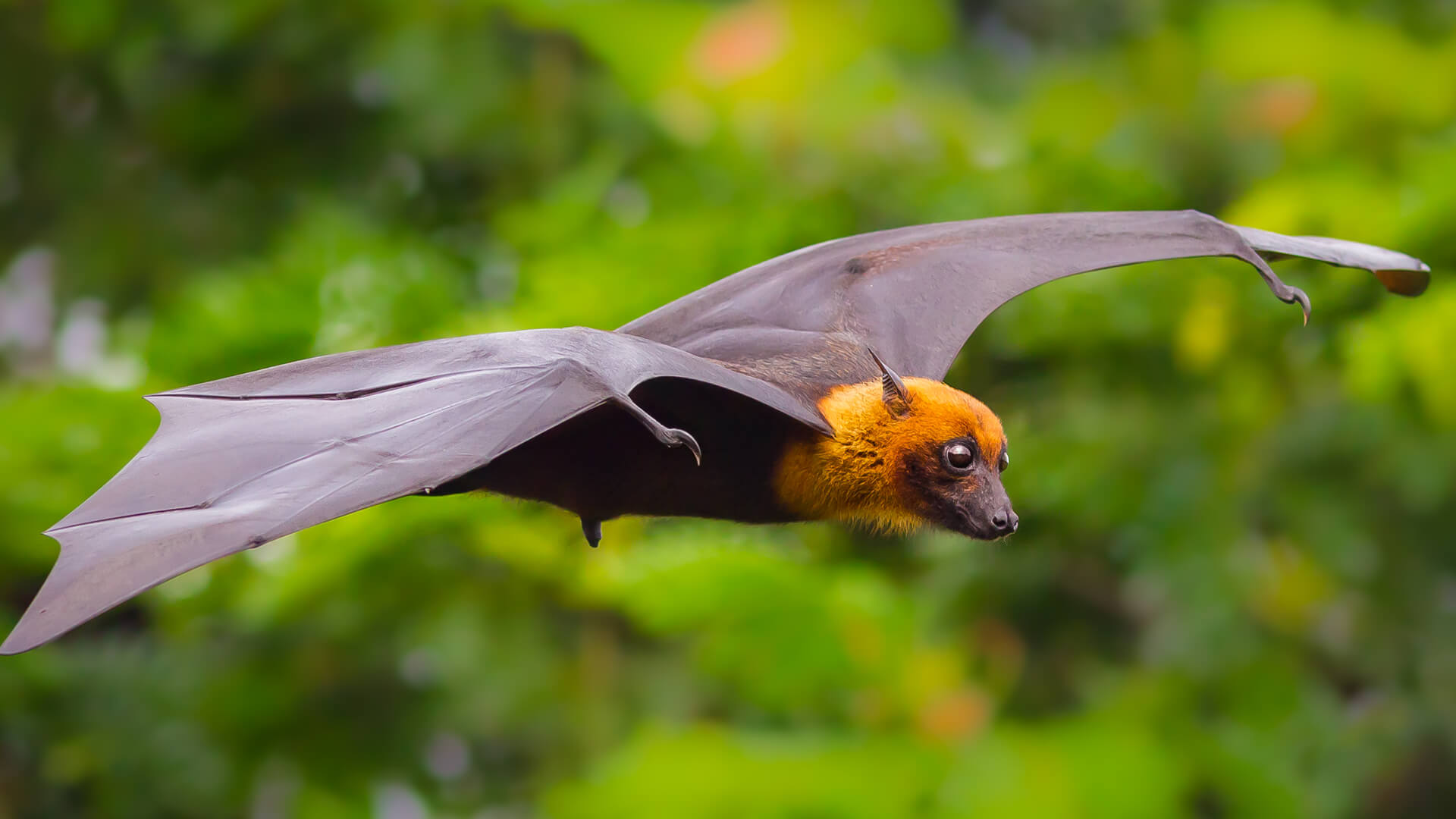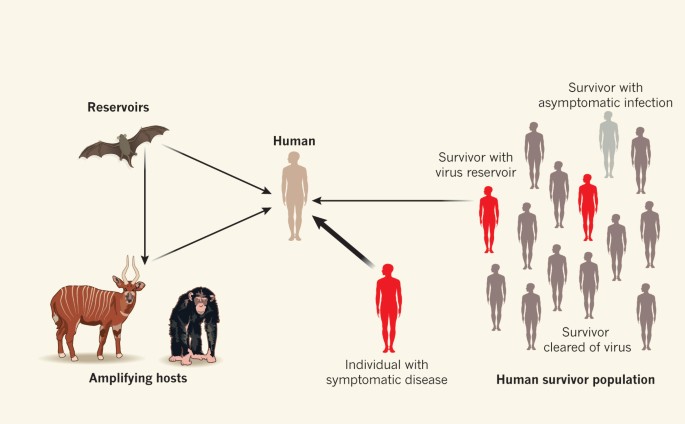Traditionally viewed as harbingers of death or vampires in disguise, the true capabilities of bats are commonly overlooked. Personally, I've never viewed them as scary, in fact, I'd say that they are my favorite animals. Growing up, I'd always see bats flying around during warm summer nights, which is where my interest in bats began. The few characteristics that are generally recognized as common knowledge about bats—being the only flying mammals, sleeping upside down, and using echolocation—do not accurately showcase the role of bats in the ecosystem. In actuality, I believe that their most fascinating trait revolves around one thing: their ability to carry and transmit viruses.
Background
Bats are a keystone species in their ecosystems. They are responsible for controlling insect populations, seed dispersal, and pollination. They are also extremely diverse--there are more than 1,400 species of bats and they span across many geographical regions. Bats live in large groups called colonies. These colonies can consist of around 30 to thousands of bats of the same species. Due to the the density of their living situations, many deadly viruses are often transmitted among the colony. However, unlike humans, bats rarely show clinical symptoms.
What is a Zoonotic Disease?
Zoonotic diseases are defined as infectious diseases that are transmitted between species (from animals to humans or vice versa). Well known zoonotic diseases include rabies, encephalitis, monkeypox, or salmonella. In epidemiology, a reservoir is the habitat where the virus is sustained and is able to multiply. Two common types of reservoirs are human reservoirs and animal reservoirs. Bats are an animal (obviously) reservoir—and a very common one at that. In fact, bats carry more zoonotic pathogens than any other animal reservoir.
The Role of Bats as Reservoirs
Why are bats able to tolerate viruses that decimate human populations? This can be explained by a few major differences.
In all immune responses, the first step, or the innate immune response, refers to the expression of pattern recognition receptors. Once these receptors identify a foreign pathogen, they signal for the expression of antiviral cytokines, which will lead to the expression of genes that induce apoptosis—programmed cell death—in infected cells. Among these cytokines are interferons, also known as IFNs. In many bat species, IFN regulatory sites have evolved to enhance the innate immune response. This includes being expressed in more tissues or enhancing the expression of the final antiviral cytokine response.
Additionally, when humans become infected with a viral pathogen, their immune system activates an immune response in an attempt to combat it. However, when bats are faced with a similar situation, many times, their immune responses are less effective and much weaker than a human's. This may seem like a completely contradictory statement, but it actually gives bats an advantage. The validity behind this paradoxical statement actually relies on a bat's response to inflammation. IFN-α is protein that leads to inflammation. Unlike other mammals, bats express IFN-α at a constant rate. Bats have evolved to counteract the inflammation caused by this protein. Humans cannot do this, which is why our immune systems rapidly produce immune responses to combat infection. This approach may lead to widespread inflammation that can eventually lead to death.
The unique gene expression of a bat
All of this information leads us to one main question. Why have bats evolved this way?
In the introduction of this post, I mentioned how bats are the only flying mammal. This is where one the answers to this question lies. The ability to fly requires very different metabolic activity than the normal mammal. If bats retained a similar immune system to humans, everytime they tried to fly, the spike in activity and rise in temperature would cause widespread, debilitating inflammation. Part of the immune system of bats evolved to develop alongside their ability to fly.
Another answer to this question is quite simple. Since bats live in large colonies and usually inhabit enclosed spaces, the spread of infection and disease among bat populations is very high. Bat's immune systems evolved as a response to their constant exposure to widespread disease.
Conclusion
After discovering all of this information, you may not be surprised to learn that bats have an extremely high body size to lifespan ratio. Their ratio is even larger than that of a human. Their unique immune systems benefit them as a collection of species, however, they also benefit the entirety of the human race. Scientists can analyze their adaptations and their evolutionary pathway to attempt to strengthen the human immune system or even to try and increase human lifespans. Next time you spot a bat (they are all over Montclair) in the wild, remember that while they may not have the powers of Dracula, they have their own pretty cool version of a superpower.


No comments:
Post a Comment